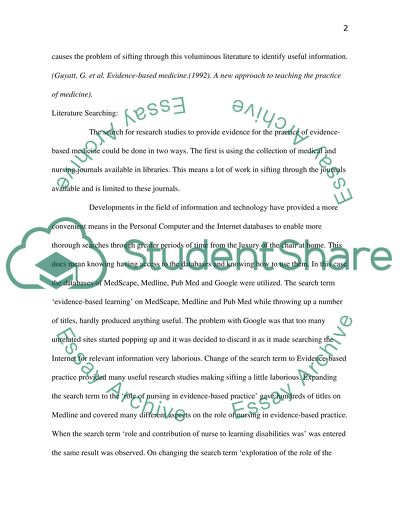Cite this document
(Introduction to Sources of Evidence Essay Example | Topics and Well Written Essays - 2000 words, n.d.)
Introduction to Sources of Evidence Essay Example | Topics and Well Written Essays - 2000 words. Retrieved from https://studentshare.org/health-sciences-medicine/1536284-introduction-to-sources-of-evidence
Introduction to Sources of Evidence Essay Example | Topics and Well Written Essays - 2000 words. Retrieved from https://studentshare.org/health-sciences-medicine/1536284-introduction-to-sources-of-evidence
(Introduction to Sources of Evidence Essay Example | Topics and Well Written Essays - 2000 Words)
Introduction to Sources of Evidence Essay Example | Topics and Well Written Essays - 2000 Words. https://studentshare.org/health-sciences-medicine/1536284-introduction-to-sources-of-evidence.
Introduction to Sources of Evidence Essay Example | Topics and Well Written Essays - 2000 Words. https://studentshare.org/health-sciences-medicine/1536284-introduction-to-sources-of-evidence.
“Introduction to Sources of Evidence Essay Example | Topics and Well Written Essays - 2000 Words”. https://studentshare.org/health-sciences-medicine/1536284-introduction-to-sources-of-evidence.


